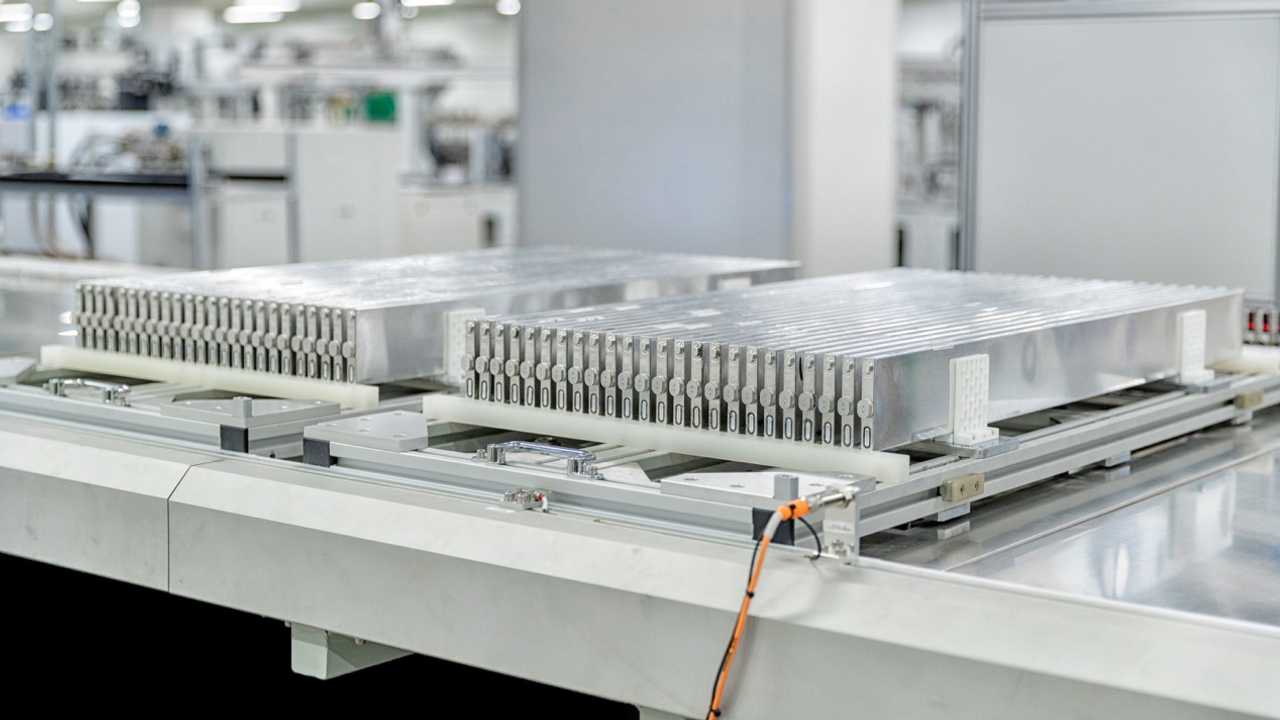With BYD’s updated market launch plans for the Tang model in Norway, BYD is also bringing its new Blade Battery to Europe. BYD’s Blade Battery is a new approach to a lithium iron phosphate (LFP) battery, that aims to significantly increase safety and volumetric energy density as well as reduce costs.
The Han EV is the first mass-produced model that uses BYD’s ultra-safeBlade Battery. The BYD Han is known for improved affordability, longevity, good charging capability, and over-all safety.
BYD explains that the batteries went through rigorous testing icluding, but not limited to “a stringent nail-penetration test confirmed the Blade Battery’s surface temperature reached a remarkably low 30º – 60º C while emitting no smoke or fire” as well as a “300º C furnace test and 260% overcharging test, neither of which resulted in fire or explosive response.”
Isbrand Ho, BYD Europe Managing Director, commented on the new battery: “Our new Blade Battery is a game-changer for the EV industry, our highly skilled team of engineers have worked tirelessly to deliver even higher levels of safety – and this is a crucial factor for passenger car buyers. The Blade Battery, is the culmination of over 25-years of experience in rechargeable battery innovation, combining the latest technologies with the latest in creative thinking and production techniques.”
BYD has invested 10 billion yuan (€1.3 billion) into Blade Battery production in Chongqing, China, in hopes of achieving a yearly output of 20 GWh.
General information regarding BYD Blade Batteries is as follows:
-Lithium-iron-phosphate (LFP) chemistry
– “The Blade Battery refers to a single-cell battery with a length of 96 cm, a width of 9 cm and a height of 1.35 cm, which can be placed in an array and inserted into a battery pack like a blade”
-Cell-to-pack (CTP) system: skips the module stage through using thinner and longer cells (designed to become structural parts – beams – of the pack)
-About 50% greater volumetric energy density compared to conventional LFP battery pack
-The batteries take 60% of pack volume instead 40% in conventional system
-High longevity of 3,000 charging/discharging cycles or 1.2 million km (nearly 750,000 miles) of mileage
-High safety – BYD showed the results of a nail penetration test – of NCM, LFP and Blade Battery cells, in which the Blade Battery “emitted neither smoke nor fire after being penetrated, and its surface temperature only reached 30 to 60°C”
-Reduced cost compared to conventional LFP battery pack
-Can provide range comparable to ternary lithium batteries (NCM)
-BYD Han is rated at up to 605 km (376 miles) NEDC
-Can be charged from 10% to 80% of its full capacity within 33 minutes

